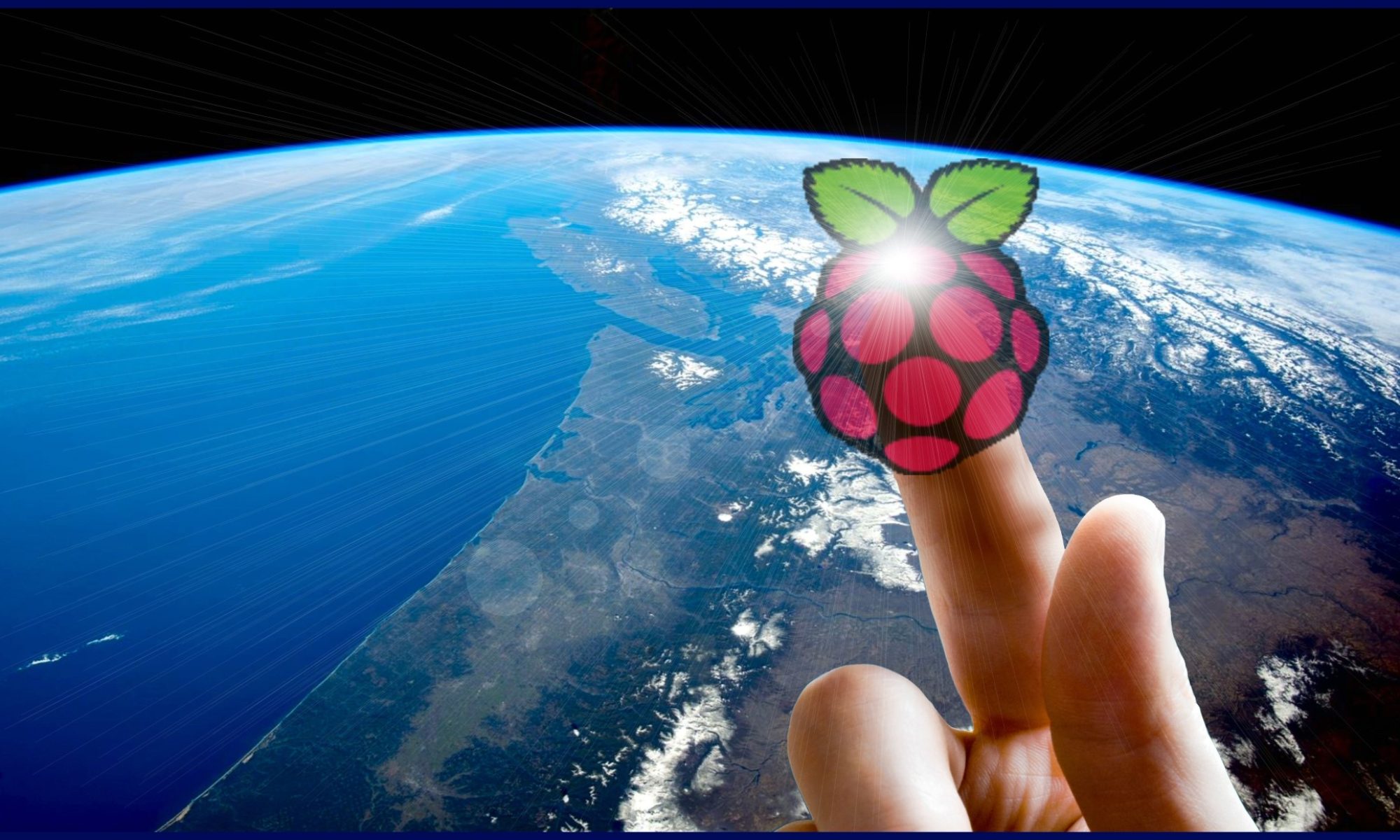by Simon Bluck
What this course covers
This Python Course covers what’s useful to know so you can quickly and easily set about writing Python programs. Detailed Python programming will be covered progressively in subsequent courses.
The course assumes a varied audience, from those that may have very little computing/programming experience, to those who have already been actively programming in Python. The aim is to get everyone up to the point where they feel confident in using Python and writing useful programs. But we can’t cover everything in this short course: Python, and all that has been written by skilled people the world over in support of it, is extensive.
Please feel free to seek assistance with understanding Python, particularly with the topics covered in the course sessions.
Simon Bluck
Table of Contents
Session One: Introduction and Setup – session material
- Computers and Programming
- What is Python?
- Working with Python
- Online Information
Session Two: Basic Constructs – session material
- Editors
- IDEs
- Debuggers
- Tracing
- Converting Python 2 programs to Python3
Session Three: Modules, Strings, loops, functions and files session material
- Doc strings
- Importing a module
- How Python finds a module
- Module layout and boilerplate
- Comments
Session Four: Approaching Coding, Input and Output – session material
- Coding style
- Documentation
- An example from the pygame library
Session Five: Exceptions – session material
- Prelude
- Learning Python
- Language composition
- Literals
- Objects, values and types
- Types
- Operating on data
- Assignment and expressions
- Loops, conditions and iterators
Session 6: Functions and More
session material String Formatting
session material (pdf) Regular Expressions
session material Intro to tkinter
- Prelude
- More on strings
- Loops
- Functions
- Input and Output
Session 7: Decorators – session material
- Concepts
– Constructing a Decorator
– Some Uses for Decorators
